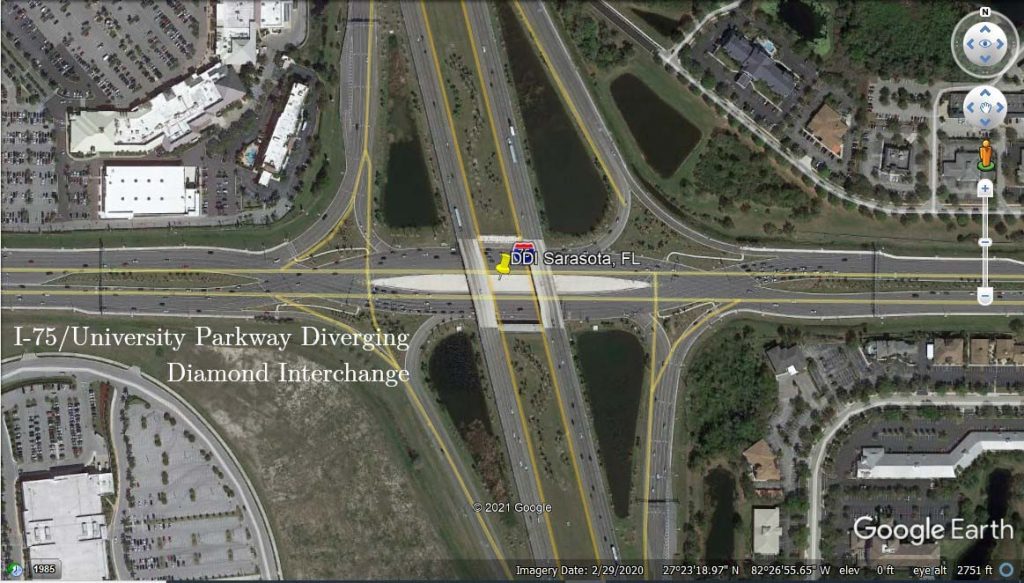
Akhilesh Moreshwar Shastri is a master’s student in the civil engineering transportation program. He worked with Dr. Scott Washburn on a ramp signal timing project that aimed to create algorithms and an on-ramp metering operations design. The project, Interchange Design to Accommodate Ramp Metering System, was funded by the Florida Department of Transportation (FDOT).
“We are essentially developing guidance on interchange design with consideration of ramp metering appropriate at a planning and preliminary engineering level,” said Shastri. “Simply put, guidance is provided to help understand the impact of ramp metering on interchange operations across a variety of interchange designs.”
Shastri’s specific role in this project was to assist Dr. Scott Washburn, his master’s thesis adviser, in assessing how efficient the different types of interchanges work when considered in tandem with ramp metering. He did this using SwashSim, a microscopic simulation software developed by Dr. Washburn. Shastri also assisted in creating signal timing plans for interchange types such as the Diamond, Diverging Diamond, Single Point Urban Interchange (SPUI), and Parclo (Partial Cloverleaf) using a Signal Delay Optimization tool that was also created by his adviser.
Other tasks included working on comparing vehicle behavior on the Diverging Diamond Interchange (DDI), Diamond, SPUI, and Partial Cloverleaf and Full-Cloverleaf interchanges under pre-timed ramp metering conditions. The results were documented to create preliminary guidelines for FDOT for planning purposes.

Ramp metering at interchange on-ramps can create a cycle of self-aggravating implications for both the arterial and freeway operations because the ramp queue can spillback onto the adjoining arterial. It can also increase on-ramp output causing negative implications on freeway operations. Other issues include: demand influenced arrival patterns at the on-ramps, the type of control used for the traffic movement on the arterial (i.e., signalized, free), and the queue storage distance of the on-ramps.
“Considering all these implications together, it was found that the Diverging Diamond or DDI performs best among all the other interchange types considered,” Shastri said. “DDI strikes a good balance between right of way footprint and accommodates a wide variety of traffic characteristics.”
Other interchange types such as the SPUI and the Partial Cloverleaf performed more or less adequate in some cases, but under certain conditions, he added.
The results from the interchange-ramp metering study served as a preliminary guide on how an interchange will perform in the presence of ramp metering. The study also provided an open-source macroscopic queuing analysis tool.
“Together, these will help transportation agencies with identifying the input conditions for unacceptable operational conditions and can be used as a first cut planning-preliminary engineering assessment for decision making,” Shastri said.